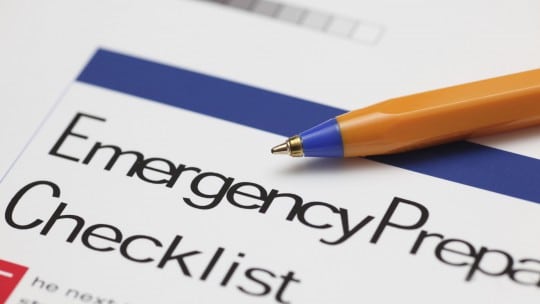

It’s every company’s worst nightmare: Your business is in the news, and not for something good. Maybe it’s the departure of a high-profile executive, an accusation of racism, sexism or homophobia or simply a misunderstanding that escalated quickly. The public eye can turn on you in a flash, and it’s important to have a calm, calculated approach to crises, especially when they occur on—or are gaining traction due to—social media.
You don’t need to look too far to see an abundance of social media crises. Take Chipotle, for example. Allegations of everyone’s favorite fast-casual burrito spot engaging in unsafe food practices that led to an outbreak of E. coli have caused a massive national PR crisis that picked up remarkable steam on social media. Now the brand is attempting to rectify the situation by offering potentially millions of dollars of free food, and has held highly publicized food safety meetings for all staff.
Public perception is everything. The odds that your business will face a massively publicized social media firestorm are slim, but crisis management skills are essential for problems big and small that can affect you in the short term or even permanently. With clients across dozens of industries, we’ve dealt with social media crisis situations all across the board.
In these situations, it’s important to prepare both proactively and reactively. In more detail, a reactive response is what you might use if someone of influence engages with your brand on social media regarding your less-than-perfect health inspection score. At this point, you should decide the reach of the news. You may want to prepare a reactive social media comment, and decide the length to which you want to go to remediate the situation offline. Remember, in these very public times, the customer is always right, but your best move is to take this communication offline. You should also prepare statements for people within the business themselves, such as servers, cashiers and other hourly employees who might face abrupt, in-person questions from customers and the media. Nobody within the organization should be commenting on social media, except for the appointed “speaker of the house.”
Proactive measures are also essential to social media crisis planning, but may not be necessary to use. You might use a proactive response if you’re facing or anticipate facing a barrage of social media comments. For instance, post and maintain at the top of social media pages statements that clarify, show compassion, and educate or inform.
Both proactive and reactive responses give you the opportunity to control the story and the message. Except in cases of an extreme offense, it may not be necessary to take the message outside of the channel on which the interaction first took place. For example, if a Facebook post is igniting commentary, there’s no need to blast out reactionary tweets.
Here are three guidelines to crafting social media crisis statements worth sharing. Staying relatively neutral without igniting further social media discussion is the key.
1. Show Sympathy
Let your customers or audience know that you understand their frustration and disappointment. Put yourself in their shoes: They want to feel heard. However, avoid an outright apology, as it may be construed as an admission of guilt. Keeping in mind the fact that you’re communicating in an informal setting, make sure the statement is conversational in tone and timely. Social media engagement happens in real time, and fast.
2. Assure Change
Share with customers that change is in the works, and your company is doing anything and everything in its power to fix the problem. They are more likely to respond positively if they understand that rectifying the situation is your top priority. This means drafting messaging that implies that actual change is occurring, instead of simply “passing along comments to the home office,” which can feel like being brushed off.
3. Reinforce Values
Your customers should know that your company values remain the same: You’re still committed to providing excellent service and a guest experience that parallels what they have come to expect, and an isolated incident does not compromise that.
A client of ours in the children’s daycare industry recently experienced a social media crisis when an incident occurred involving a teacher and a 6-year-old transgender student. Because of the sensitive nature of the issue, it was more necessary than ever to remain compassionately neutral while ensuring that the values of the company were put front and center.
At All Points Public Relations, we use this three-step process with our franchising industry clients large and small, from restaurants and retail operations to health and fitness studios, tech companies and everyone in between. Your reputation is everything—especially in franchising, where individual locations are a reflection of the parent company. Protect yourself by thinking ahead.
Jamie Izaks is the president and co-founder of All Points Public Relations, a Chicago-area public relations agency focusing on the franchising industry. He also co-founded the Northern Illinois Franchise Association.
Prepare for your next brand crisis by attending PR News' Crisis Communications Planning webinar on Feb. 18, 2016.

Spot on. Fourth step: SPEED. Have a process already in place for Crisis Management, a pre-thought through plan and a trained and practiced team.